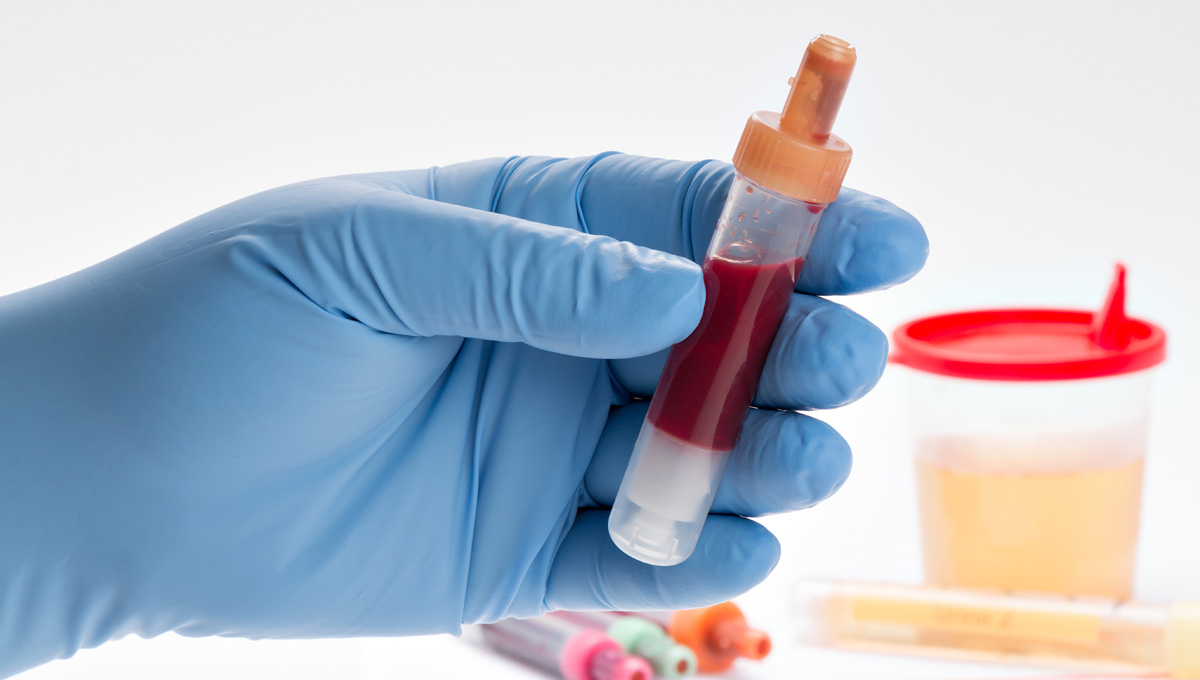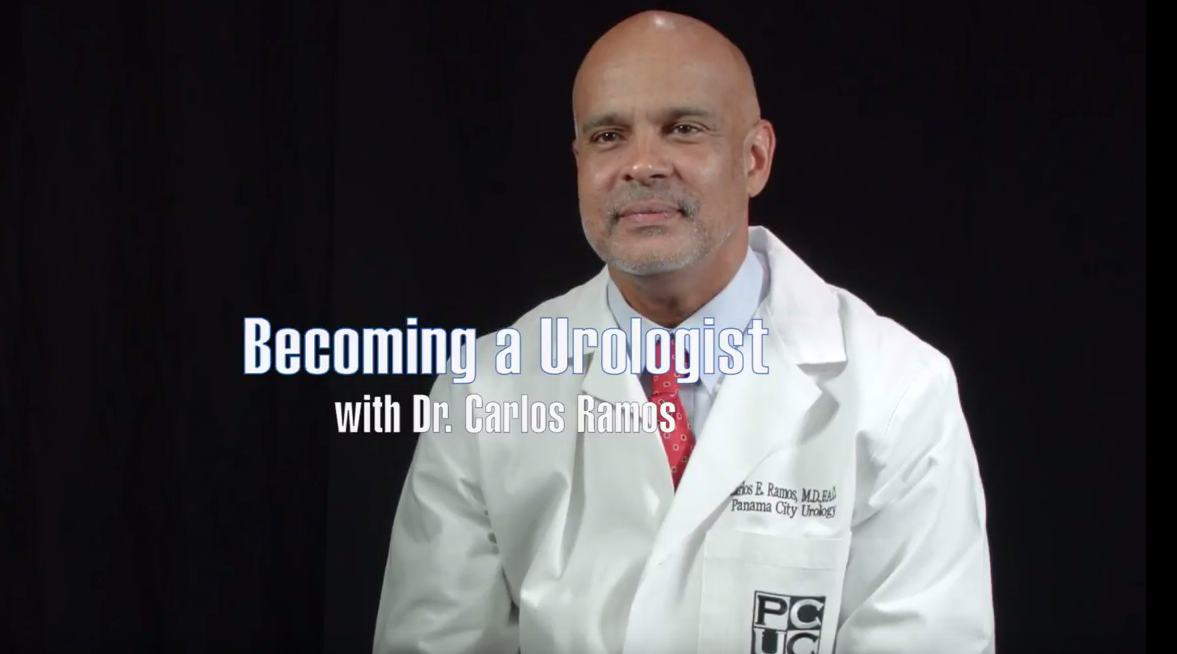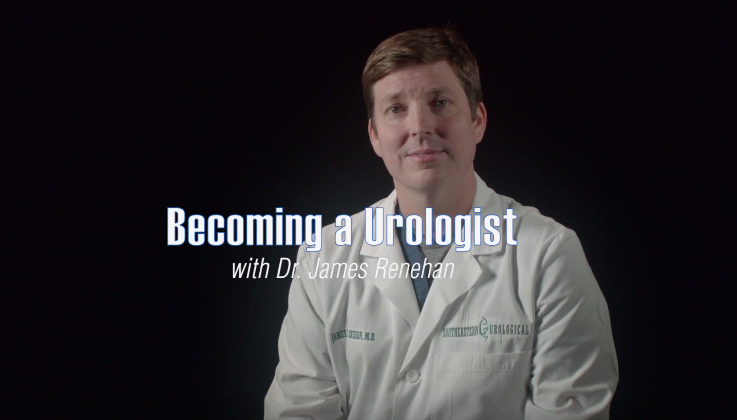3 Easy Ways to Prevent Kidney Stones
Kidney stones are formed when certain chemicals present in the urine solidify and turn into hard crystals. Over time, these crystals grow in size and eventually leave the body through urine. Sometimes, the crystals get stuck in the urinary tract, blocking the flow of urine and causing enormous pain. In nearly 50% of patients with this problem, the stones reappear within 5 to 7 years if no preventive measures are taken. In most cases, these stones form when calcium reacts with phosphorus or oxalate. A physician first determines the cause of this condition and will likely suggest reducing the intake of sodium or protein, both of which cause kidney stone formation. With some determination and care, the risk of kidney stones can be significantly reduced. The following are three simple preventive methods:
1. Increase Calcium
Calcium deficiency causes an increase in the body’s oxalate levels which directly contributes to the formation of stones. Find out how much calcium you should consume for your age to ensure that your body is not deficient in this essential mineral. Generally, men older than 50 years of age need 1,000 mg of calcium every day in addition to 800 to 1,000 IU of vitamin D to help the body absorb calcium. Getting your calcium from food is preferable since studies show that calcium supplements may increase the risk of stone formation.
2. Reduce Animal Protein
Your body produces uric acid while breaking down proteins. Higher levels of this compound increase the acidity of urine, which may cause the formation of kidney stones in the long run. For this reason, keep a check on protein-rich foods, especially red meat, seafood, poultry, and eggs. Eating too much protein also reduces the content of citrate in your urine, and this may also lead to stone formation. If you are prone to kidney stones, you should also follow a low-sodium meal plan. Nutritionists suggest a daily maximum sodium intake of 2,300 mg, but people who already have kidney stones due to high sodium levels should consume less than 1,500 mg of sodium per day.
3. Drink Plenty of Fluids
Drinking plenty of water is the simplest home remedy for kidney stones because water dissolves the unwanted substances in urine. As a rule of thumb, drink at least 2 liters of water per day. You may substitute with citrus beverages such as fresh orange juice or lemonade.
In addition to the above measures, avoid stone-forming foods such as chocolate, beets, tea, nuts, rhubarb and spinach, all of which are rich in oxalate. Colas are high in phosphate, a substance to avoid if you have a history of kidney stones due to high phosphate levels. Also, our bodies turn vitamin C into oxalate, so individuals taking this vitamin in supplement form can be at a slightly higher risk. Overall, with proper treatment and some changes to your diet, kidney stones can easily be prevented.
















